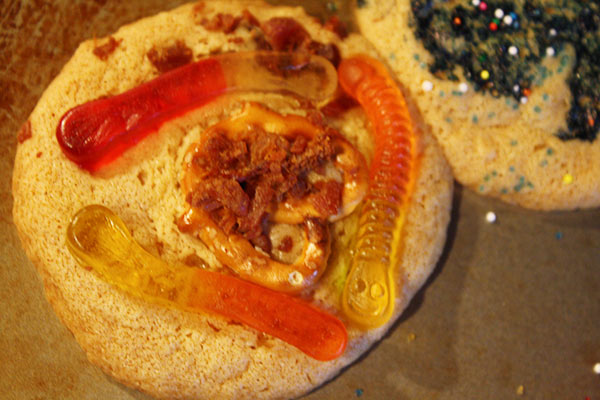

Giardia duodenalis, cause of giardiasis (GEE-are-DYE-uh-sis), is a one-celled, microscopic parasite that can live in the intestines of animals and people. Giardia duodenalis or intestinalis (formerly called G. Some common parasites are Giardia duodenalis, Cryptosporidium parvum, Cyclospora cayetanensis, Toxoplasma gondii, Trichinella spiralis, Taenia saginata (beef tapeworm), and Taenia solium (pork tapeworm). The size ranges from 1 to 2 µm (micrometers) to 2 meters long. Parasites are of different types and range in size from tiny, single-celled, microscopic organisms ( protozoa) to larger, multi-cellular worms ( helminths) that may be seen without a microscope. They may be transmitted from host to host through consumption of contaminated food and water, or by putting anything into your mouth that has touched the stool (feces) of an infected person or animal. These organisms live and reproduce within the tissues and organs of infected human and animal hosts, and are often excreted in feces. Several parasites have emerged as significant causes of foodborne and waterborne illness.

They may be transmitted from animals to humans, from humans to humans, or from humans to animals. Parasites are organisms that derive nourishment and protection from other living organisms known as hosts. The illnesses they can cause range from mild discomfort to debilitating illness and possibly death. While some parasites use a permanent host, others go through a series of developmental phases using different animal or human hosts.

They range in size, from tiny single-celled organisms to worms visible to the naked eye. Parasites may be present in food or in water and can be identified as causes of foodborne or waterborne illness in the United States.


 0 kommentar(er)
0 kommentar(er)
